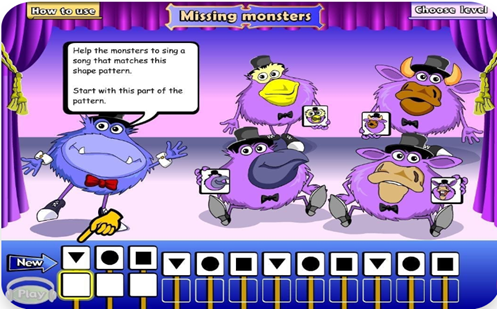Worked examples
Overview
A worked example is not just a pre-worked question that is given to the students. There are several types of worked examples and ways of using them.
Typically, the teacher models how to solve a problem by working through an example on the board. As they are doing so, the teacher should be explaining their thinking at each stage and showing why they make the decisions they make as they go.
Examples of how worked examples can be used include the following.
- A partially solved problem is given to the students to complete, either in pairs or on their own. This is not just filling in boxes in a worksheet – students have to demonstrate their thinking and justify their decisions. The problems should be similar to examples they have already seen and worked on. The level of completion needed should decrease as the student’s ability and confidence increases, then scaffolding or concreteness can fade.
- The teacher and the students work through a problem together with the teacher asking guiding questions.
- A worked problem is presented to the students and they are told it contains an error. The students have to work through the problem to find and correct the error, either in pairs or on their own.
- It is important that examples chosen are carefully selected so that they focus on the particular skill or procedure that is being taught and that they slowly increase in difficulty for the best effect.
The teacher:
- chooses problems that are at a suitable level and accessible to all students
- guides students through the steps and thinking involved in solving a problem
- carefully explains their thinking, using precise and correct vocabulary
- ensures examples are carefully chosen to highlight a particular concept or skill being taught in the lesson
- sequences worked examples so that they build on concepts or skills
- during the gradual release of students, monitors student progress and gives immediate feedback
- provides opportunities for students to practise similar problems to assess if the concept has been understood
- re-teaches if necessary.
The students:
- focus on the steps and follow what the teacher is doing
- are encouraged to ask probing questions
- fill in the missing steps in a partially solved problem
- gradually move to independent work on similar problems.
Example of the strategy in action

This resource demonstrates how to use a worked example in the primary classroom.
